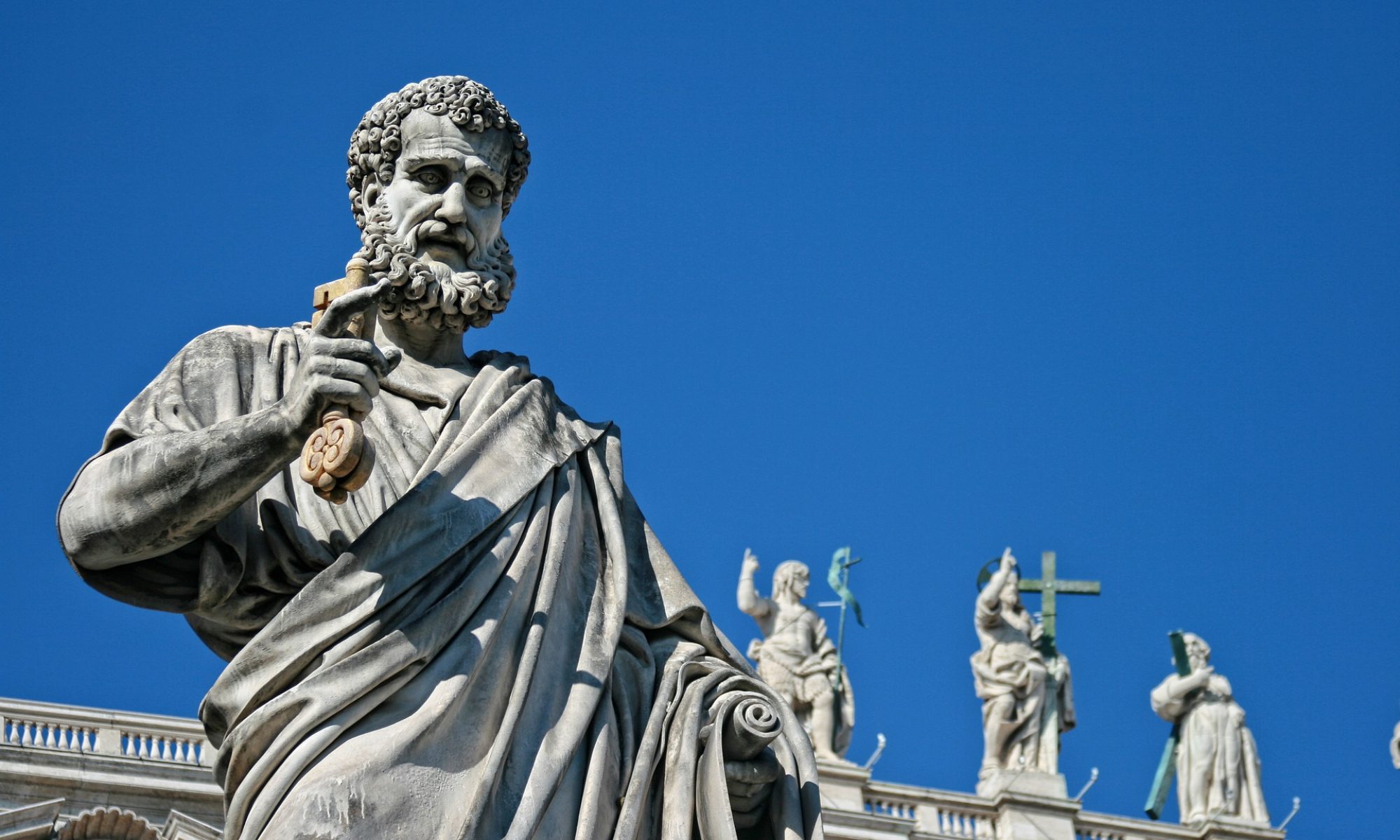Vatican II is once again back in the global RC agenda. The most important event in the history of the XX century RC Church (1962-1965) is still a matter of dispute in RC circles. Was it progressive or traditionalist? Did it intend to reform the Church or to reinforce it? Was it doctrinally focused or more pastorally oriented? What is more important, its documents or its “spirit”? Was it primarily an “event” or did it initiate a “movement”? These are only a few of the questions that are still being debated, and the way one answers them is not just a matter of academic taste, but has heavy consequences on the whole RC project in the global world.
Vatican II according to “left” and “right”
Generally speaking, there are two main schools of thought. For convenience we’ll call them “left” and “right.” On the one hand there is the interpretative school that sees Vatican II as breaking with the old traditional RC outlook and inserting a progressive trend within the Church. This has been the direction of theologians like Hans Küng and historians like Giuseppe Alberigo. According to this progressive interpretation, while Vatican II introduced significant “change”, Paul VI, John Paul II and Benedict XVI have been silencing its potential in areas like ecclesiology, liturgy, and morality and imposing a rigid reading that squares with the traditional self-understanding of the RC Church. Curiously, this view was shared by traditionalists like Msgr. Lefebvre who charged Vatican II of betraying RC identity, having marred it with mortal doses of Protestant and secular poison. Therefore opposite reactions stemmed from the same interpretation of Vatican II being in discontinuity with the past.
The mainstream interpretative school, on the other hand, has insisted that Vatican II stands in substantial continuity with Vatican I (1870-1871), actually completing what was left unfinished, and doing so with the great tradition of the Church (e.g. Trent, the Marian dogmas, etc.). No “real” change has occurred but only a dynamic re-statement of the well established RC heritage. At Vatican II the RC Church approached the modern world in more “pastoral” terms, without modifying its basic framework. According to this linear reading, Vatican II at most brought an “aggiornamento” (i.e. updating) to the language and the concerns of the Church, while still maintaining and reinforcing her fundamental stance.
Ratzinger’s “hermeneutics of reform-in-continuity”
In recent years and months, the debate on Vatican II has been revived by different evaluations of what the present Pope thinks of Vatican II and how he is implementing it. Ratzinger was present at the Council and gave voice to the need for “renewal.” Yet in later years he has became a critic of reforming trends in areas such as liturgy, ecumenism and political involvement. As prefect of the Congregation for Sacred Doctrine, he fought against all tendencies that in his opinion were watering down the traditional beliefs and practices of the RC Church. Now that he is Pope Vatican II is at the center of his agenda.
Benedict XVI has been reflecting publicly on Vatican II since the beginning of his pontificate. In a 2005 speech he clearly set his course by saying that the Council needs to be read according to a “hermeneutics of reform-in-continuity”. He has been using and expounding the same expression ever since. According to the Pope, Vatican II breached the traditional RC understanding of the state and the temporal power of the RC church, thus acknowledging the value of religious freedom and a degree of separation between church and state, thus overcoming the subjugation of the state before the church. In this restricted sense it was a “reforming” Council. Benedict XVI, however, thinks that Vatican II simply reiterated the RC dogmatic system without altering it in any way. In this sense, the Council is in real continuity with Trent and Vatican I. Therefore Ratzinger is neither a “left” nor “right” wing interpreter. In reality these categories are totally inadequate in coming to terms not only with Ratzinger, but also with Vatican II. The RC understanding of historical development entails “reform-in-continuity”, “aggiornamento” without renouncing, addition without subtraction, expansion without purification. Unless one grasps this “both-and” approach he will fall prey to fragmented and insufficient accounts of RC. “Reform-in-continuity” is the genius of RC.
Overcoming the Evangelical puzzlement
Vatican II has been the crux of Evangelical theology as well. Understanding and appraising what happened at the Council is still a task worthy of attention. The best Evangelical treatment of Vatican II (Revolution in Rome, 1972, by David Wells) is a series of question marks that show just how puzzled Evangelical theology was in dealing with modern RC. Its chapters’ titles reveal the conundrum: “Authority: inward or outward?” “God: in the earthly or the heavenly city?” “Christianity: a broad or narrow definition?” “The Church: the people or the Pope?”. In approaching Vatican II some Evangelicals have taken the “right” wing interpretation saying that nothing has changed. The RC is semper eadem (always the same), they say. Others have followed the progressive view claiming that at Vatican II the Spirit of renewal blew in Rome, turning it upside down in gospel terms. Neither interpretation is correct. RC is more complex than the usual labels in that it is neither static nor reforming per se. It is always the same, yet in an expansive trajectory. It is a growing body, yet holding the same DNA. Unless we understand this point, we fail to grasp the basics of RC. It is time that Evangelicals learn to read Vatican II through appropriate lens. There is still homework to be done. With his hermeneutics of “reform-in-continuity”, Benedict XVI can certainly help in the task.
Leonardo De Chirico
leonardo.dechirico@ifeditalia.org
Rome, 24th May 2011

